
Chicken and Spinach Puree for Baby (6+ Months) or Picky Eaters
- Yield: 4 1x
Description
This Chicken and Spinach Puree is a great addition to your baby’s favorite purees and provides a boost in essential vitamins and minerals. It has a very delicate taste, is easy to digest and is packed with protein and iron which are ESSENTIAL for your baby’s development. It’s a perfect stage one baby food!
Ingredients
- 2 pounds organic chicken breasts
- 2 cups organic spinach
- 1 teaspoon Extra Virgin Olive Oil or coconut oil
- 1/2 – 1 cup organic chicken broth or water (only necessary for Stage 1)
Optional addition: (Stages 2-3)
- 1 small pink lady apple, seeds and core removed and cut into ½ – 1-inch slices
Equipment needed for this recipe
- Sheet pan and aluminum foil
- A food processor or high-powered blender to puree
- Mason jars, airtight containers or an ice cube tray and a Ziploc bag for storing
Instructions
Oven method:
- Preheat oven to 350 degrees F. Lightly grease a baking sheet with EVOO or cover with aluminum foil.
- Add chicken to baking sheet and lightly season, if desired – no salt! If you are adding apple slices, do so at this time. Cover with foil and place in the oven.
- Bake chicken for 20-30 minutes, until chicken is no longer pink in the center (internal temperature should be 170°F). Baking times will vary depending on the thickness of the chicken you are cooking.
- OPTIONAL STEP: While the chicken is baking, lightly sauté the spinach in a large pan on medium heat with oil until just wilted. This helps diminish some of the bitterness of spinach. Remove from heat and set aside.
- Once chicken is cooked, remove from the oven. Transfer the chicken, apple slices (if added), and spinach into a blender or food processor. Puree until you reach the desired consistency (based on your child’s stage), adding liquid in 1/4 cup increments if needed. If your baby is stage 3+, you may not need to use liquid to thin the puree. SIDE NOTE: If your blender or food processor does not have an opening to allow steam to escape, you will need to let the chicken cool before pureeing. Otherwise, pressure from the steam can build up from the inside and cause the lid to blow off.
- Divide the puree into ice cube trays or small air-tight containers and store them in the freezer for up to 3 months.
Slow cooker method:
Notes
Always check for FfL-friendly ingredients.
We recommend organic ingredients when feasible.
- Category: Baby & Kids, Do It Yourself, How To's, Family, Family Life, Picky Eaters, Recipes


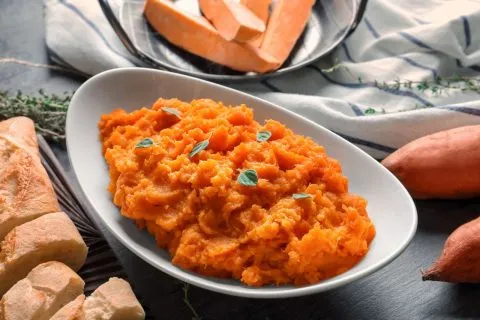




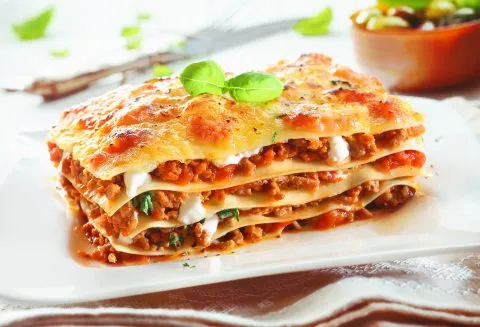
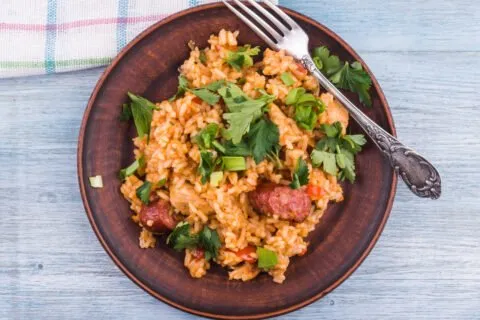
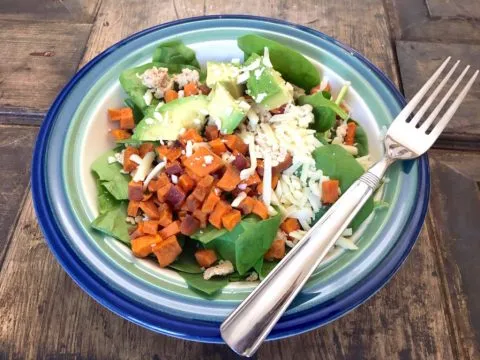



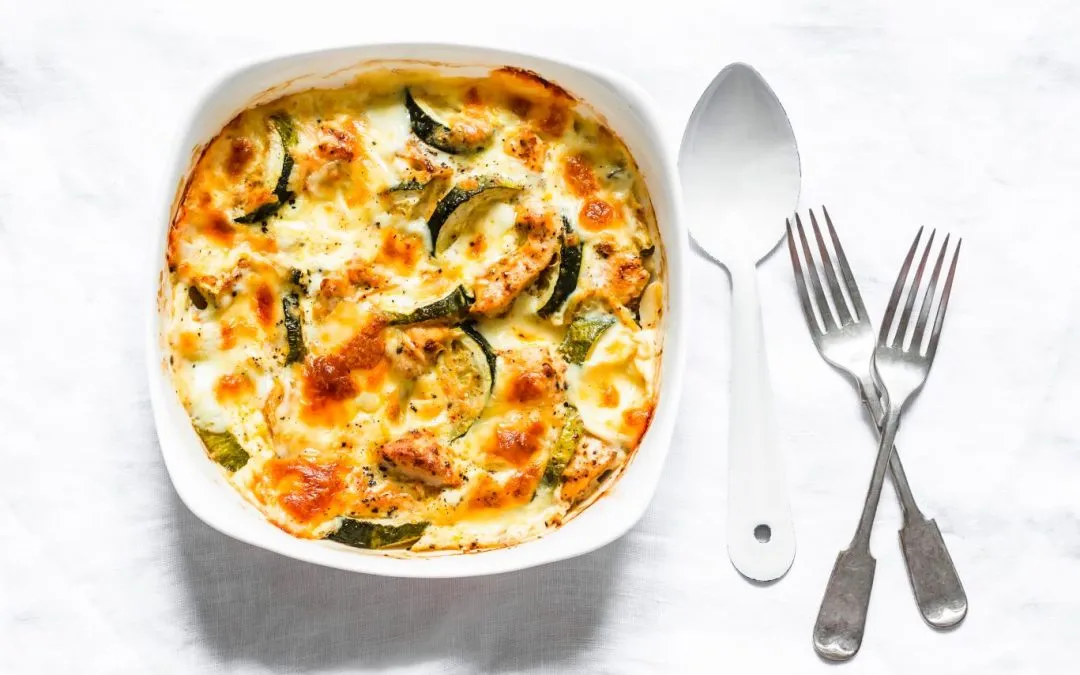
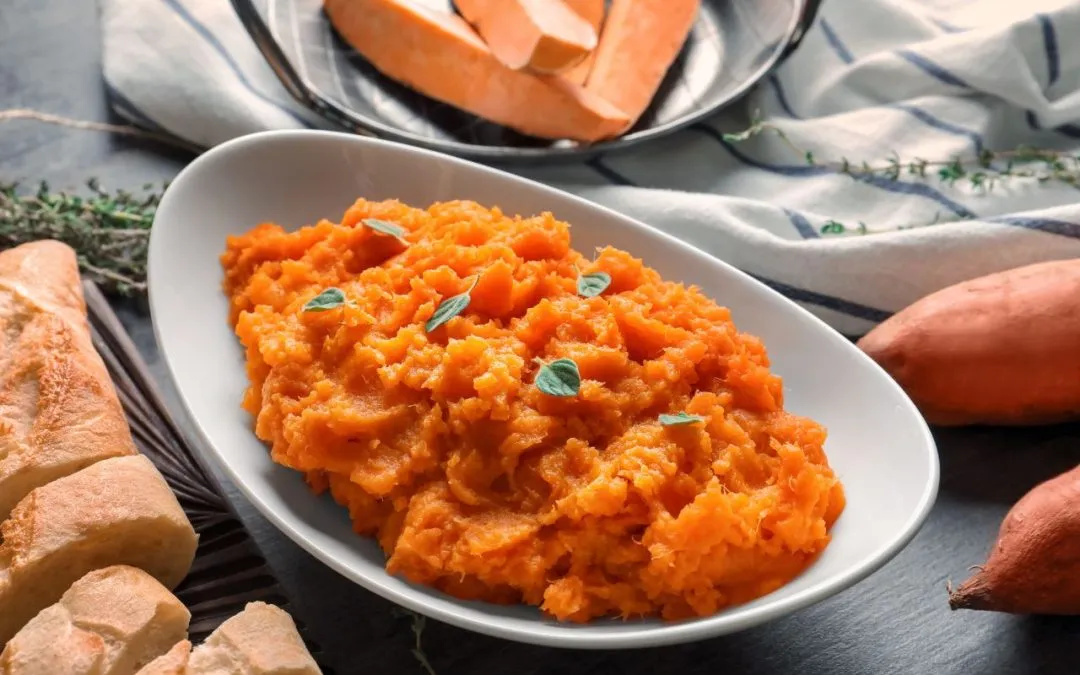










0 Comments